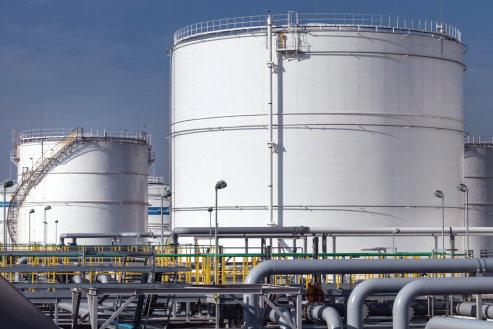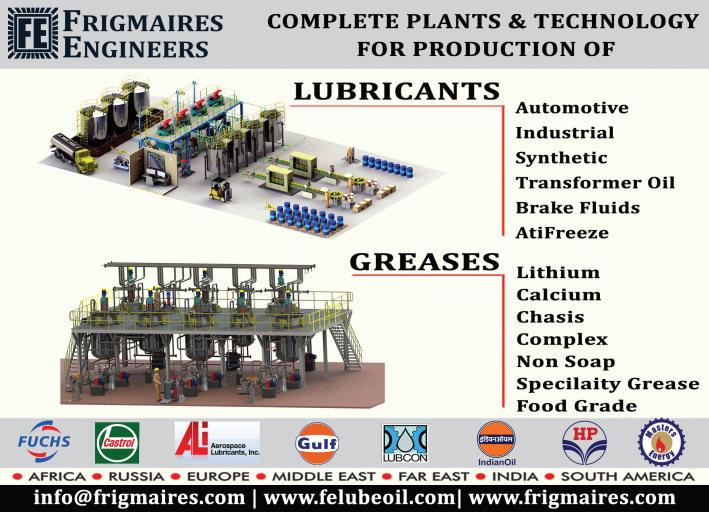
5 minute read
Addressing data challenges in the midstream sector
Addressing data challenges in the
midstream sector
Saul Zambrano, global industry director, energy and utilities digital transformation leader at Software AG, discusses how midstream operators can make the best use of their data to optimise their processes.
How would you describe the current state of oil and gas midstream technology challenges today?
On my last trip to Abu Dhabi, I came across one of the best descriptions that describes the technology challenges facing the overall oil and gas sector, including those that specialise in the midstream value chain: “The digital transformation of oil and gas companies has been largely piecemeal and focused on improving efficiencies for very specific applications.” While there are certainly valuecreation opportunities in this type of approach, it is hard (or impossible) to scale it.
For example, one of the most important exercises in the oil and gas sector is the characterisation of production reservoirs. For this activity, some of the most advanced analytics and visual characterisation technologies are employed to define and contextualise them. For the midstream value chain, this approach is often replicated in a variety of very specific applications –schedulers, blend management and custody transfers to name a few – that are purpose built for managing the storage and transportation of petrochemicals. On the other end of the spectrum, a large degree of field assets in the midstream storage, transport and financial settlement process are managed through manual processes.
And herein lie the two principle challenges facing oil and gas midstream operators. One, while the purpose-built applications work, these solutions often function as stand-alone applications generating data that is specific and isolated to one application. And two, for the field assets that are not enabled to log and record data, there is no data generation. Without access to quality data, it is very difficult to optimise production decisions through advanced analytical capabilities, such as artificial intelligence (AI) and machine learning (ML).
Midstream operators face a number of data-related challenges.
For the first challenge associated with purpose-built solutions, what are the important considerations on accessing the data that they generate and capture?
While purpose-built solutions will always have a key role in supporting midstream operations, there is one key technology capability that all leading oil and gas operators need to develop to support their digital transformation plans. They need a world-class application integration capability that allows them to not only access any data pool but, just as importantly, provide them with the ability to move the data where it can best be used in a timely fashion by production engineers, data scientists and plant managers.
A significant use case is from one of the state-owned oil companies of the region which is also one of the few that are ahead of the digitalisation curve. The outcome of the deployment benefited the company through data synchronisation by connecting dots between applications across all partners and operating companies via a unified layer of common framework and standards. As a key business objective of the firm is to integrate for internal and external purposes, this implementation increased the effectiveness and efficiency of services delivered by the company and its subsidiaries, giving it a distinctive competitive advantage. They further have the option to scale it up horizontally and vertically. With this truly cloud enabled platform, the organisation is able to adapt cloud technologies and move gradually to cloud without jeopardising the security or quality of services.
Can you give an example as to how leveraging data from different applications can be used to optimise operations?
My favourite example of the importance of this capability is the field of self-service industrial analytics. Anyone who has worked or supported storage and pipeline operations understands that it is an incredibly complicated process environment. Within this environment, there are a multitude of assets from different vendors generating millions of data tags. These tags are captured in either historian or data lake environments.
For production and reliability engineers to make full use of this data, self-service industrial analytics technology platforms that can perform Advance Pattern Recognition analytics are critical for two reasons. One, to find and record root cause anomalies that are negatively impacting reliability across the endto-end production process. Two, once an anomaly is recorded and diagnosed, it can be catalogued and utilised as a predictive tool to inform engineers that the potential for a production disruption is high when that pattern repeats itself. In the case of the regional oil firm highlighted above, integration across siloed applications, assets and services enabled the firm to combine existing functions and its underlying data to increase agility and improve efficiency.
One of the challenges that you mentioned was the manual management of field assets. Can you provide an example of a manual process for a particular asset type, and compare this with a ‘digitally transformed” process?
For the midstream sector, one of the better examples is the storage and blending of petroleum stocks. For a number of storage operators, tank levels are often measured via a manual process of work crews going out to individual tanks to perform the measurements. While this process works, it is often associated with recording inaccuracies and delayed decision making associated with the time it takes crews to visit, record and post their findings.
Compare this against a storage environment where all tank levels are monitored with IoT tank-level sensors and technology across terminal and blended storage tanks. At any given time, plant managers can make real-time decisions to support storage requests based on a real-

Saul Zambrano, global industry director, energy and utilities digital transformation leader, Software AG.
time view of storage capacity. Additionally, they can run advanced analytics on transferred volumes in relation to tank storage levels, also in real time, to identify asset integrity (leakage) events. And lastly, by using a self-service industrial analytics platform, they would be able to run advance pattern analytics to enable predictive maintenance capabilities across the field assets (pumps, compressors, etc.) supporting the storage and transport transfer process. n











